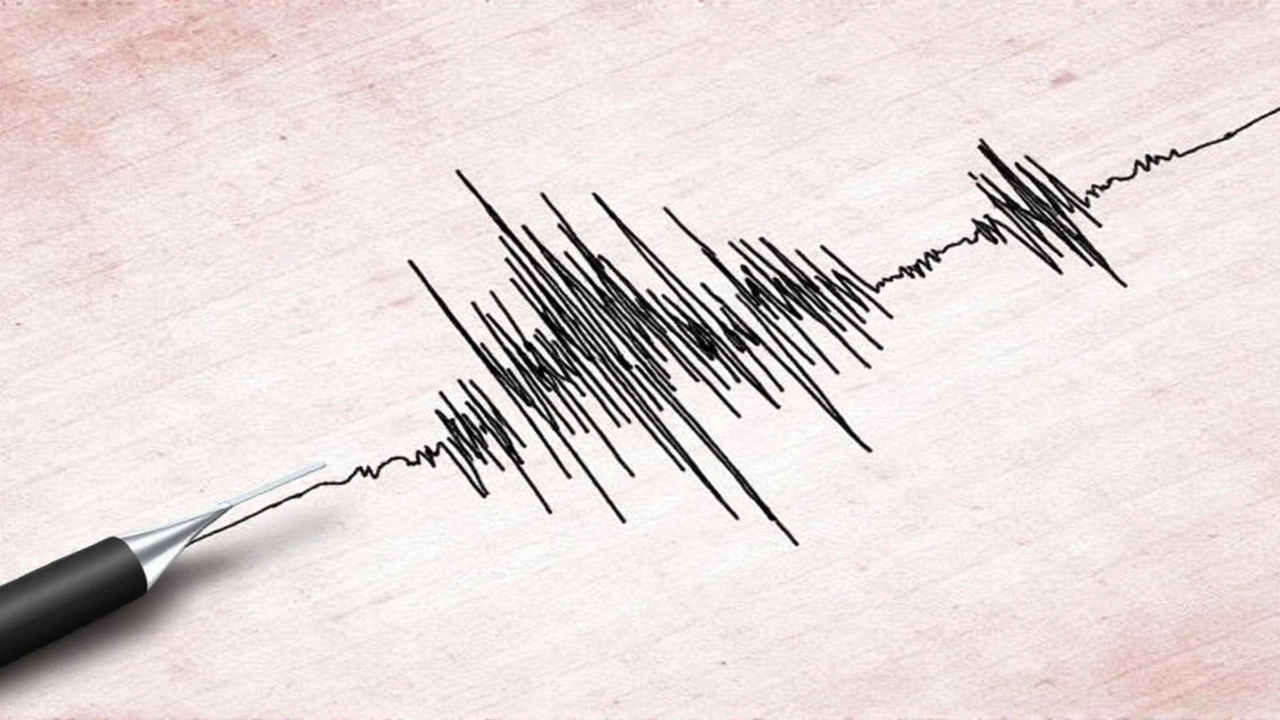Pakistan Earthquakes Cluster Near Faultlines Rekindles Seismic Safety Fears
 May, 13 2025
May, 13 2025
Earthquakes Rattle Pakistan’s Faultline Zones Again
Pakistan’s ground hasn’t been keeping still lately. In just over a month, locals have felt three notable earthquakes, the latest—a 4.6-magnitude jolt on May 12, 2025—hitting near Pir Jongal in Punjab province. This spot sits uncomfortably close to the Main Central Thrust, a known seismic troublemaker. Scientists from the National Center for Seismology (NCS) weren’t surprised by the fresh tremor: Punjab and its neighbors sit right on a volatile meeting point where the Indian and Eurasian plates collide.
The recent sequence started with a 5.8-magnitude quake in early April, followed by a slightly weaker (but still nerve-jangling) 4.4 event on April 30. These weren’t deep, hidden shakes. Both struck at shallow depths, which usually means you feel the ground roll harder and aftershocks hang around longer—bad news for already jittery residents.
People have been speculating online, as they often do when the earth acts up. Some tried connecting the dots to Pakistan’s nuclear facilities or the region’s military tensions, but NCS Director O P Mishra stepped into the fray: there’s no link, he said, between the earthquakes and any man-made activity. All three events hit distinct spots, and there’s no sign of artificial triggers. The only culprit: geology.
Tectonic Plates Keep Pakistan on Edge
If you look at a geologist’s map, it’s not hard to see why Pakistan keeps experiencing these shakes. The entire region is a sort of tectonic battlefield where the Indian plate tries to muscle under the Eurasian plate. They push, scrape, and grind against each other. It’s this stubborn underground wrestling match that runs the show for earthquake risk.
Some of the country’s worst tremors have struck in places like Balochistan, Khyber Pakhtunkhwa, and Gilgit-Baltistan—provinces threaded with major faultlines. Every time the plates shift even a little, stress builds up until the rocks finally snap, releasing energy that we feel as earthquakes. And it happens a lot. The Main Central Thrust that rattled Punjab this month is just one of many faultlines cutting through Pakistan, making big, damaging quakes a regular worry.
As if the geology wasn’t enough, the timing of these quakes—landing during an uptick in cross-border tensions with India—set off a lot of anxious chatter. But so far, experts insist that the upticks in military noise and the rise in quakes are just a coincidence, not a cause-and-effect event.
The real takeaway? Living on top of a tectonic faultline means earthquakes are always a possibility. And when you’re close to some of the world’s biggest plate collisions, you can expect to feel the ground shake now and again. Modern seismic monitoring can deliver quick reports and dampen rumors, but the plates below Pakistan keep grinding, whether we’re ready or not.